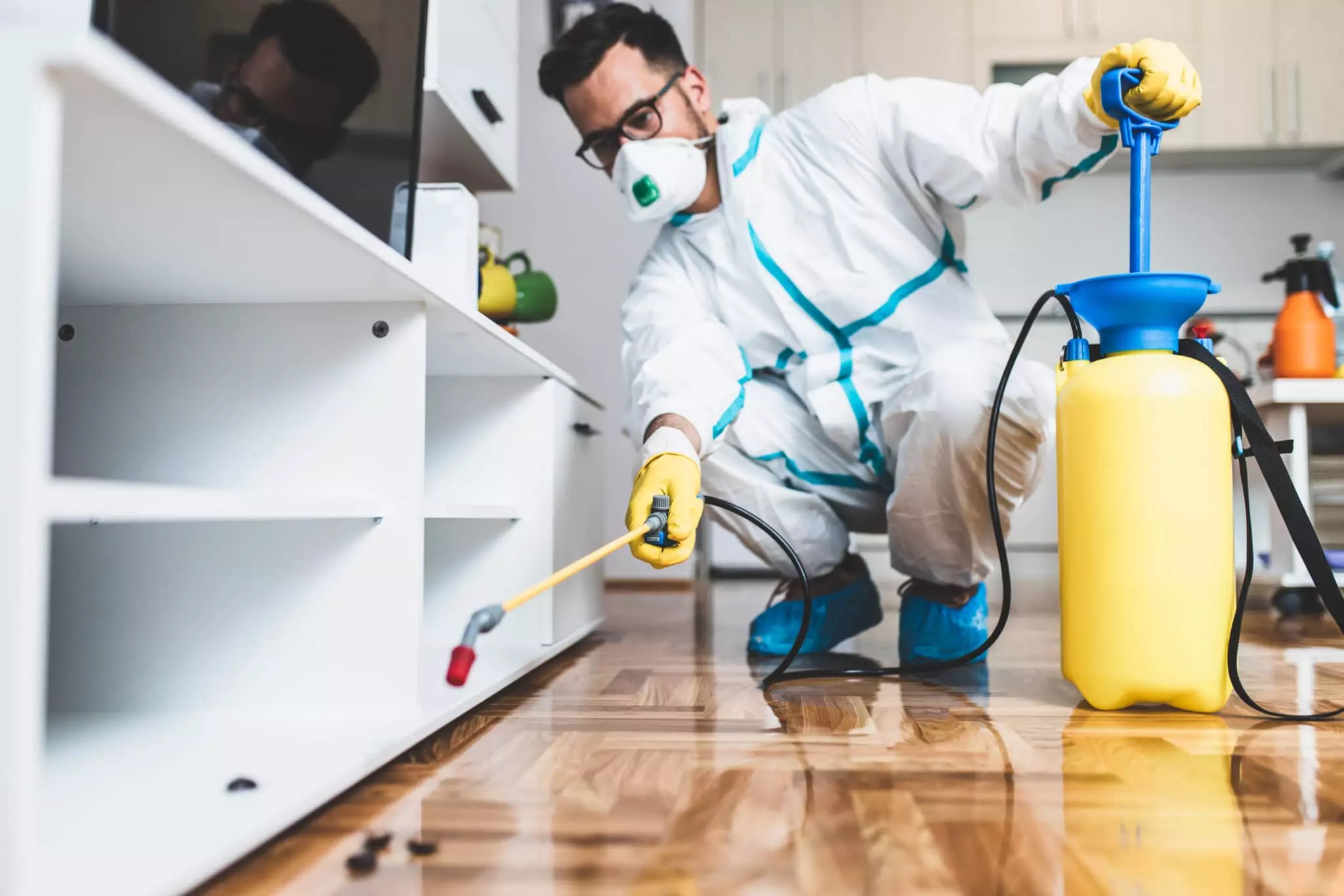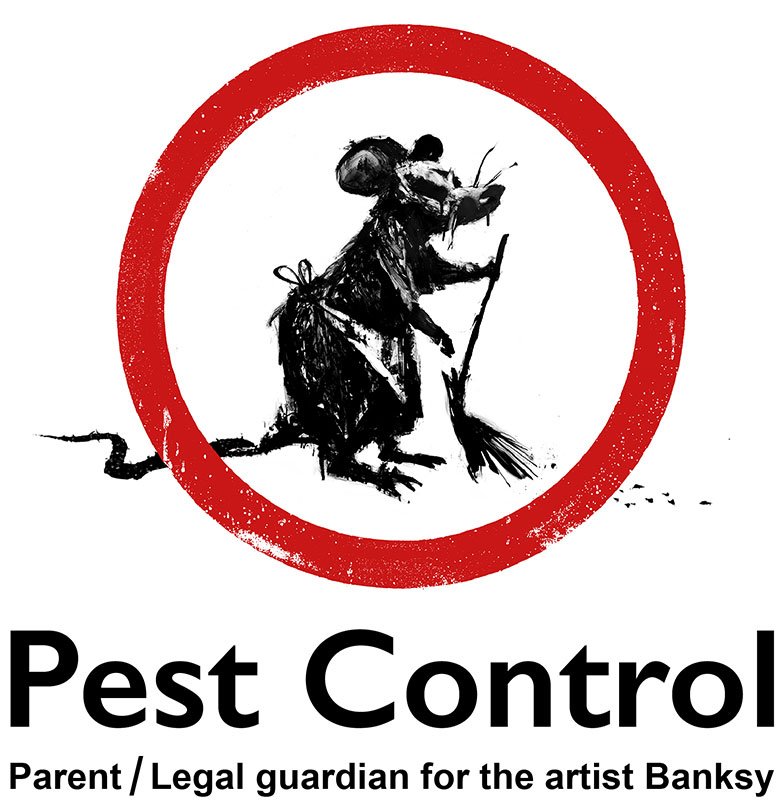Professional Pest Control and Prevention Services by Pest Control Lockhart
Professional Pest Control and Prevention Services by Pest Control Lockhart
Blog Article
Exploring Problem and Treatment Techniques on the planet of Pest Control
The landscape of bug control incorporates a myriad of difficulties, specifically as problems of usual family insects remain to progress. Recognizing the actions and reproductive patterns of these nuisances is important for developing efficient therapy techniques. By integrating safety nets with sophisticated monitoring strategies, such as Integrated Parasite Management (IPM), homeowners can better guard their atmospheres. However, the efficiency of these methods may differ significantly based on specific conditions. What hidden variables add to the success or failing of these approaches in various settings?

Typical Home Vermin
When it pertains to handling our space, recognizing typical household insects is critical. These bugs not only interrupt our convenience yet can also posture health threats and damage residential property. The most prevalent household pests include ants, cockroaches, rodents, termites, and bed pests.
Ants, frequently seen foraging in cooking areas, can infect food and establish huge colonies. Rodents, including computer mice and rats, can trigger architectural damage and lug conditions like hantavirus and salmonella.
Identifying the signs of these parasites, such as droppings, nests, or bite marks, is important for very early treatment (Pest Control Lockhart). Correct cleanliness methods, sealing entry factors, and maintaining a clutter-free setting are effective preventative measures. By identifying these usual family pests and comprehending their actions, home owners can take aggressive steps to reduce invasions, making sure a much healthier living environment
Understanding Pest Infestations
Pest infestations can rise quickly, transforming a small annoyance into a significant problem if not attended to without delay. Common factors contributing to problems consist of inadequate hygiene, architectural vulnerabilities, and seasonal modifications that drive pests inside.
Determining the kind of parasite is necessary, as various types show varied behaviors and reproductive rates. For example, rodents may develop nests in hidden locations while pests like cockroaches thrive in damp environments. Early detection typically rests on acknowledging indicators such as droppings, chomp marks, or uncommon noises, which can indicate a problem before it ends up being serious.
Warm, damp environments can promote the quick growth of parasite populaces, while changes in landscaping or construction can unintentionally develop helpful environments. An enlightened method to understanding these dynamics lays the groundwork for efficient pest monitoring approaches in the future.
Treatment Approaches and Strategies
Reliable therapy methods and techniques are essential for minimizing parasite problems and bring back a secure setting. A multifaceted technique is usually best, incorporating chemical, organic, and mechanical strategies customized to the particular bug and the seriousness of the invasion.
Chemical treatments include making use of insecticides and herbicides, which can properly eliminate pests. However, correct application and adherence to safety guidelines are vital to decrease dangers to humans and non-target organisms. Integrated Pest Management (IPM) motivates the sensible usage of chemicals as a last option, depending rather on surveillance and limit degrees to identify intervention demands.
Biological control methods entail introducing all-natural predators or bloodsuckers to lower pest populaces. This technique is significantly preferred, particularly in farming setups, as it promotes environmental sustainability.
Mechanical approaches, such as traps and obstacles, provide immediate alleviation from bugs without introducing chemicals. Options consist of sticky traps for insects or This Site physical barriers for rats.
Eventually, the choice of treatment approach must think about the certain bug, the atmosphere, and potential effects on human health and environments. A well balanced mix of these techniques can properly manage problems while promoting lasting parasite control remedies.
Safety Nets for Homes
Proactively resolving pest issues prior to they intensify is important for keeping a healthy home setting (Pest Control Lockhart). Implementing effective safety nets can considerably minimize the probability of infestations, eventually guarding both your home and well-being

Appropriate landscaping likewise plays a critical duty in prevention. Maintaining bushes and trees trimmed away from your house reduces the opportunities of parasites discovering their way inside your home. Make sure that drain systems are operating effectively to protect against standing water, which can attract in mosquitoes and other insects.
Finally, regular examinations are recommended. Routinely examining for indicators of bug activity permits for very early treatment. By adopting these safety nets, house owners our website can create a setting that is much less friendly to bugs, thus improving their general quality of life and lowering the need for extensive insect control treatments.
Business Pest Control Approaches
A detailed approach to business insect control is necessary for companies intending to maintain a risk-free and hygienic atmosphere. Effective approaches involve a combination of routine examinations, staff member training, and the implementation of Integrated Bug Administration (IPM) techniques.
Normal examinations allow very early Visit Website discovery of parasite activity, permitting prompt intervention. Organizations should establish a routine timetable for these assessments, concentrating on high-risk areas such as kitchens, storeroom, and waste disposal websites. Employee training is similarly important; team must be enlightened on the indications of parasite infestations and the importance of reporting them promptly.
Implementing IPM methods helps alleviate pest issues sustainably. This consists of habitat alteration, such as sealing entrance points and reducing mess, in addition to utilizing natural deterrents before turning to chemical therapies.

Furthermore, collaborating with a certified pest control provider ensures access to specialist understanding and sophisticated therapy options. This partnership can bring about tailored parasite control plans tailored to the particular needs of business, reducing dangers and boosting total efficiency. Inevitably, a positive and enlightened strategy promotes a pest-free environment, securing both public health and service online reputation.
Conclusion
Finally, reliable pest control necessitates an extensive understanding of usual household parasites and their actions, combined with targeted therapy methods. Carrying out safety nets together with therapy approaches such as Integrated Pest Management and organic control enhances the capability to mitigate infestations. Regular evaluations and a combination of chemical and mechanical remedies further add to preserving pest-free settings. Ultimately, an all-round strategy to pest administration is necessary for safeguarding living areas from undesirable trespassers.
Report this page